Discover the benefits and considerations of composite decking for your home. This comprehensive guide provides homeowners with valuable information on safety, eco-friendliness, and maintenance.
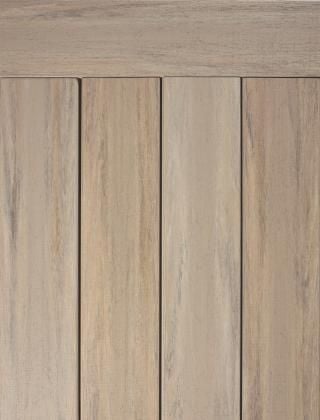
Disclaimer: this post may contain affiliate links, and every purchase made through these links will give me a small commission (at absolutely no extra cost for you!) AS AN AMAZON ASSOCIATE AND REWARDSTYLE MEMBER, I EARN FROM QUALIFYING PURCHASES. See Privacy Policy for additional info.
Hi beauties! Are you considering building a new deck or replacing an old one? If so, you may have come across the term "composite decking." But what exactly is composite decking? And why is it becoming increasingly popular among homeowners?
In this comprehensive guide, we will explore the world of composite decking and its benefits. From its eco-friendly composition to its low-maintenance qualities, we'll delve into why composite decks have become a top choice for homeowners looking to enhance their outdoor living spaces. Whether you're a seasoned DIY enthusiast or a homeowner looking for a durable and beautiful decking option, this guide is here to help you make an informed decision.
If you're looking to build a deck that will stand the test of time, composite decks are definitely worth considering. Made from wood fibers and recycled plastic, composite decks are low-maintenance, durable, and eco-friendly. By the end of this post, you'll have all the information you need to make an educated decision and enjoy a stunning deck that adds value and enjoyment to your home.
What is composite decking?
Composite decks are a type of decking material that is made by combining wood fibers or sawdust with recycled plastic. Composite decks are an eco-friendly and durable alternative to traditional wood decking. The plastic used in composite decking is often recycled from items like milk jugs and grocery bags, while the wood fibers are leftover from sawmills or furniture manufacturing.
Composite decks are designed to be low maintenance, with no sealing, painting, or staining required. It's also more resistant to fading, scratches, and mold than traditional wood decking because it is made from plastics and wood fibers instead of just wood.
One key consideration when choosing composite decking is the type of material you want. Some composite decking is made from a blend of wood fibers and plastic, while others are made with a thicker layer of polymer shell to provide added protection from the elements.
Benefits of Composite Decking
Composite decks have a number of advantages over traditional wood decking, including:
- Low Maintenance: Unlike wood, composite decking doesn't require annual sealing, staining, or painting. You can simply clean it with soap and water.
- Durability: Composite decks are resistant to fading, staining, scratching, and mold. It's also less likely to warp, crack, or splinter.
- Eco-Friendly: As mentioned above, composite decking is made from recycled materials. It also requires fewer resources to produce than wood decking.
- Design Options: Composite decks come in a variety of colors, styles, and textures. You can find a look that matches your home's architecture and your personal taste.
Cost and ROI
When considering the cost of a composite deck, it's essential to evaluate both the upfront investment and the potential long-term savings. While composite decks generally have a higher initial cost compared to traditional wood decking, it offers several advantages that can contribute to a positive return on investment (ROI) over time.
- Upfront Cost: Composite decks typically have a higher upfront cost than wood decking. However, the exact price can vary depending on factors such as brand, quality, and design options. It's essential to compare prices from different suppliers and consider the desired aesthetics, durability, and performance when selecting composite decking materials.
- Long-Term Cost Savings: Despite the higher initial investment, composite decks can actually provide long-term cost savings due to its low maintenance requirements. Unlike wood decking, composite boards do not require staining, painting, or sealing. This eliminates the need for ongoing maintenance expenses such as purchasing and applying sealants or paints, as well as the time and effort required for regular maintenance tasks. Over the years, these savings can add up significantly, making composite decks more cost-effective in the long run.
- Durability and Lifespan: Composite decks are known for their durability and longevity. Unlike wood, composite decks are resistant to fading, warping, splintering, and rotting. It can withstand harsh weather conditions, heavy foot traffic, and regular use without deteriorating. The longevity of composite decks ensures that homeowners will not have to frequently replace or repair their decks, resulting in additional cost savings over time.
- Enhanced Home Value: Investing in composite decking can positively impact the value of your home. Potential buyers often appreciate the aesthetic appeal and low maintenance aspect of composite decking, which could make your property more desirable when it comes time to sell. While it's difficult to quantify the exact ROI when selling a home with a composite deck, the added curb appeal and practicality may help attract buyers and potentially increase the resale value.
- Warranty Coverage: Many composite decking manufacturers provide warranties that cover product defects, fading, staining, or structural issues for a specified period. This warranty coverage offers homeowners added peace of mind, knowing that their investment is protected against potential issues, further adding value to the overall ROI of composite decks.
While the upfront cost of composite decks may be higher than wood, the long-term cost savings and potential ROI make it an attractive option for homeowners. The reduced maintenance requirements coupled with the durability and enhanced home value make composite decks a worthwhile investment for those seeking a long-lasting and low-maintenance outdoor living space.
How to Install A Composite Deck
Installing composite decking is similar to installing wood decking, but there are a few key differences. Here's a basic overview of the installation process:
- Framing: Build a frame out of pressure-treated lumber that's the same size as your desired deck. Make sure it's level and square.
- Lay Down Boards: Start laying down composite boards, securing them to the frame with hidden fasteners. Make sure there's a small gap between each board to allow for expansion.
- Trim: Install any necessary trim boards, such as fascia, at the edges of the deck.
- Add Railings: Install your preferred railing system, making sure it's secured to the deck frame.
Comparisons
When choosing a decking material, homeowners have multiple options, including composite decking, wood, and PVC. Here's a comparison of each material's advantages and disadvantages:
Wood Decking:
- Advantages:
- Natural and traditional aesthetic
- Can be less expensive than composite decking depending on the wood species
- Can be stained or painted to suit your desired color
- Excellent insulation properties against heat
- Disadvantages:
- Susceptible to insect infestation and rotting
- Regular maintenance is required; need to seal, stain, or paint yearly to protect
- Can splinter, crack, or warp over time
- Can accumulate mold, mildew, and other moisture-related issues over time
PVC Decking:
- Advantages:
- Durable and resistant to mold, rot, and insect infestations
- Low maintenance (no staining or sealing required)
- Good choice for coastal areas due to saltwater tolerance
- Low moisture absorption and slip-resistant
- Disadvantages:
- Higher initial cost than wood decking
- Can become brittle or sag under heavy weight with gradual product degradation
- Susceptible to fading, discoloration, and staining
- Marginal eco-friendly credentials
Overall, composite decking stands out as the best option for homeowners looking for a low-maintenance, eco-friendly, and durable decking material, at a higher upfront cost, but with lower maintenance costs in the long run. However, homes with older aesthetics may favor wood, while areas at constant risk of moisture may prefer PVC.
Composite Deck Safety
Safety is an important consideration when it comes to choosing any decking material, including composite decking. Here are some safety considerations to keep in mind regarding composite decking:
- Slip Resistance: Slip-resistant composite decking is designed to provide traction and reduce the risk of slipping, especially in wet or high-moisture conditions. Many composite decking brands offer products with textured surfaces or integrated slip-resistant technology to enhance safety. When selecting composite decking, look for products with a high slip resistance rating and consider the specific needs of your outdoor space, such as proximity to a pool or exposure to frequent moisture.
- Fire Resistance: Composite decking can vary in terms of fire resistance. Some composite decking products are specifically engineered to have higher fire resistance ratings, while others may be more susceptible to heat and flames. It's crucial to check the fire rating of the composite decking you are considering. Class A fire-rated composite decking provides the highest level of fire resistance, making it suitable for areas with strict fire safety regulations or regions prone to wildfires. Always comply with local building codes and regulations when installing composite decking to ensure fire safety.
- Heat Retention: Composite decks, like many other decking materials, can retain heat when exposed to direct sunlight for extended periods. This can make the deck surface hot and uncomfortable to walk on, especially in warmer climates. To address this concern, choose composite decking products with heat-reflective properties or lighter colors that absorb less heat. Additionally, consider providing shade or using rugs or mats to reduce heat absorption and improve comfort.
- Structural Integrity: Ensure composite decks are properly installed according to the manufacturer's guidelines and local building codes. Incorrect installation, improper spacing, or inadequate support structures can compromise the structural integrity of the deck and result in safety hazards. If you are unsure about the installation process, it is recommended to consult with a professional installer or contractor.
- Regular Maintenance: While composite decking is known for its low maintenance, regular cleaning and inspection are still important for safety purposes. Clearing debris, removing moss or mold buildup, and checking for any loose boards or railing components can help prevent accidents and maintain the durability and safety of your composite deck.
Caring for Your Composite Deck
Although composite decks are low-maintenance, there are a few things you can do to keep it looking great:
- Clean it Regularly: Use soap and water to clean your deck regularly, and remove any stains as soon as possible. You can also pressure wash your deck as needed.
- Minimize Scratches: Avoid dragging heavy furniture or sharp objects across the surface of your deck.
- Avoid Certain Cleaners: Don't use bleach, abrasive cleaners, or pressure washers on your composite deck.
Environmental
A composite deck can have positive environmental attributes due to its use of recycled materials; however, it is essential to consider the overall environmental impact, including its potential contribution to deforestation. Here's a closer look at the eco-friendliness of composite decking:
- Use of Recycled Materials: One of the key advantages of composite decking is that it often incorporates recycled materials, such as plastic and wood fibers. By using recycled materials, composite decking helps divert waste from landfills and reduces the demand for virgin materials. The specific percentage of recycled content can vary depending on the brand and product. When considering composite decking options, look for products that contain a high percentage of recycled materials to maximize eco-friendliness.
- Reduced Need for Deforestation: Unlike traditional wood decking, which typically requires cutting down trees, composite decking provides an alternative that helps reduce the need for deforestation. By using recycled materials or wood fibers from sustainably managed forests, composite decking can help conserve natural resources and protect ecosystems.
- Durability and Longevity: Composite decking is known for its durability and longevity. Unlike wood decking, which may need to be replaced more frequently due to rotting, splintering, or other issues, composite decking can last for a significantly longer time. The extended lifespan reduces the frequency of material replacement, thus minimizing the overall environmental impact associated with the production and disposal of decking materials.
- Lower Maintenance Requirements: Composite decking's low maintenance requirements can also contribute to its eco-friendliness. Traditional wood decking often requires regular staining, sealing, or painting, which involves the use of additional chemicals and resources. Composite decking, on the other hand, does not require such treatments, reducing its environmental footprint and the potential release of harmful substances into the environment.
It is important to note that while composite decks offers several eco-friendly advantages, it is not without some environmental considerations. Here are a few points to keep in mind:
- Energy Consumption: The production process of composite decks involves energy consumption, which should be considered when evaluating their environmental impact. Look for manufacturers that employ energy-efficient processes and have initiatives to minimize their carbon footprint.
- End-of-Life Disposal: While composite decks have a longer lifespan compared to wood, it is not biodegradable. Proper disposal methods should be considered once the decking reaches the end of its life cycle to ensure minimal environmental impact. Many composite deck manufacturers provide recycling programs or recommend recycling facilities to handle the material responsibly.
- Material Composition: Some composite deck products may contain additives or chemicals that can raise concerns about their environmental impact and potential release into the environment. Researching and choosing products that have undergone third-party certifications for environmental safety and are free from harmful substances is important.
A composite deck can be a more eco-friendly alternative to traditional wood decking when considering its use of recycled materials, reduced need for deforestation, lower maintenance requirements, and increased durability. However, it is crucial to consider factors such as energy consumption during production, end-of-life disposal, and the composition of the decking material to make an informed decision about its overall environmental impact.
Conclusion on Composite Decking
A composite deck is an excellent choice for homeowners who want a high-quality, low-maintenance deck. With a variety of design options and easy installation, it offers many advantages over traditional wood decking. With proper care and maintenance, your composite deck will last for many years to come.
Until next time,





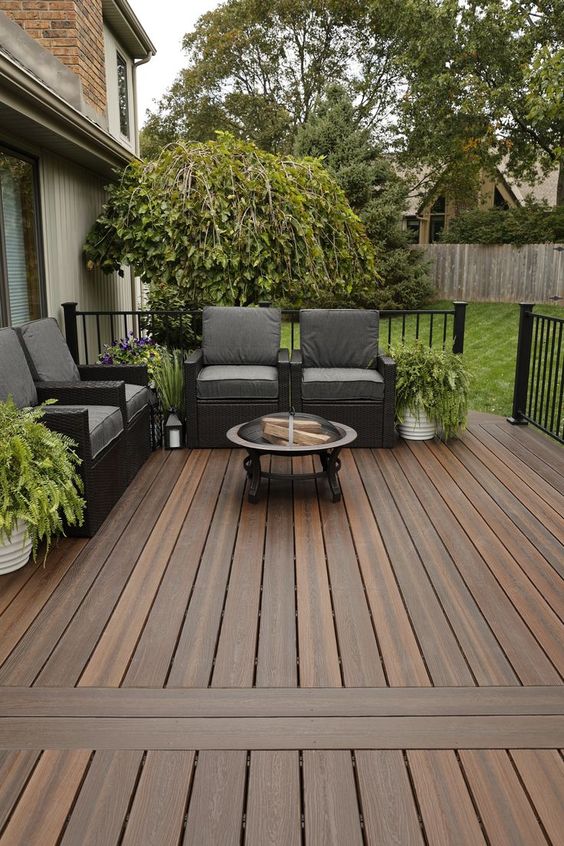
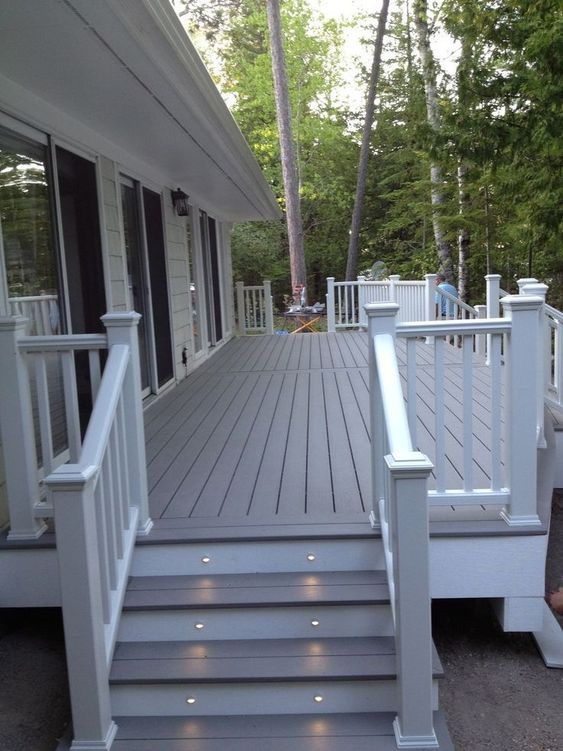
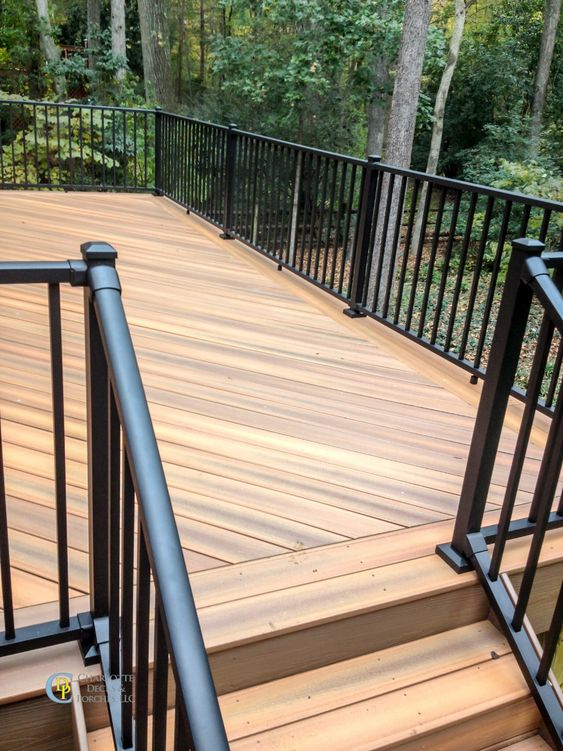
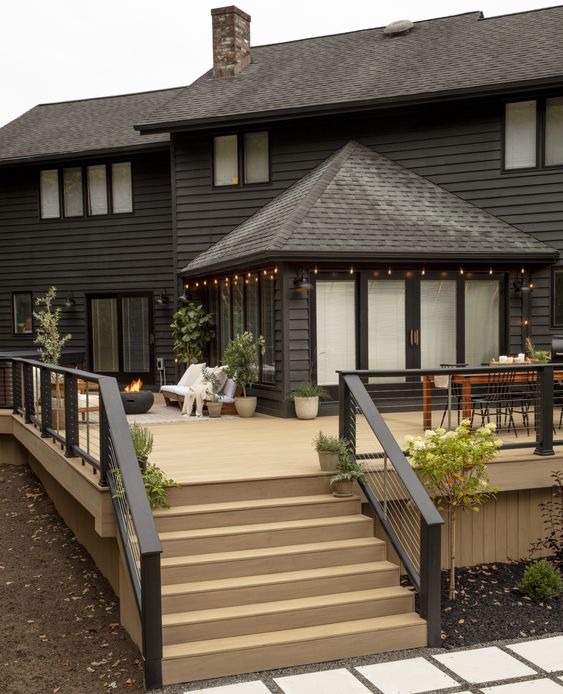
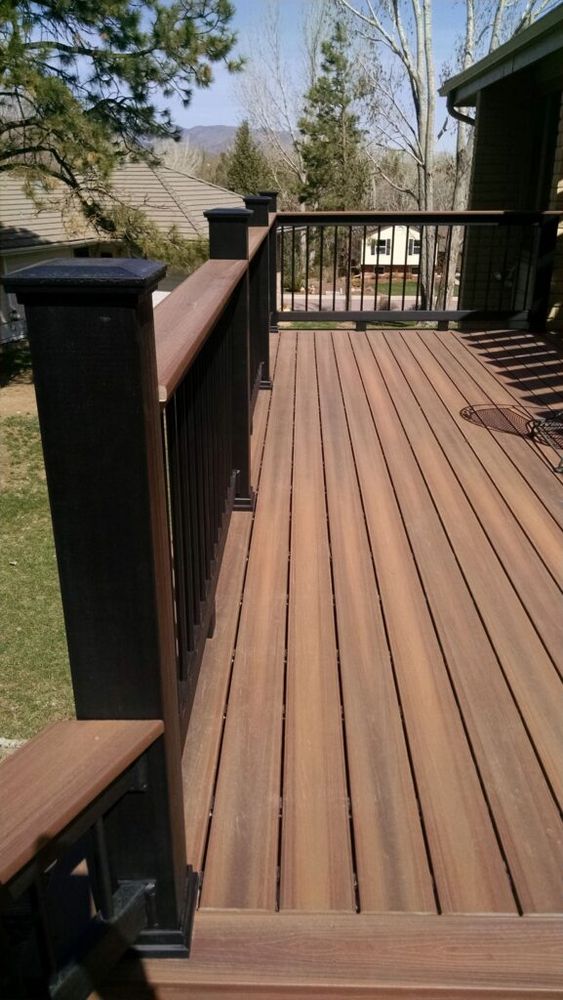
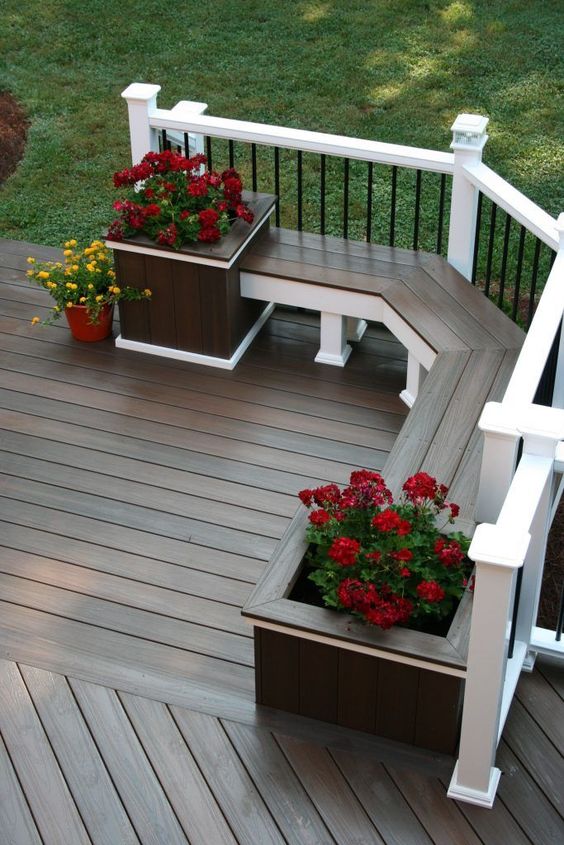
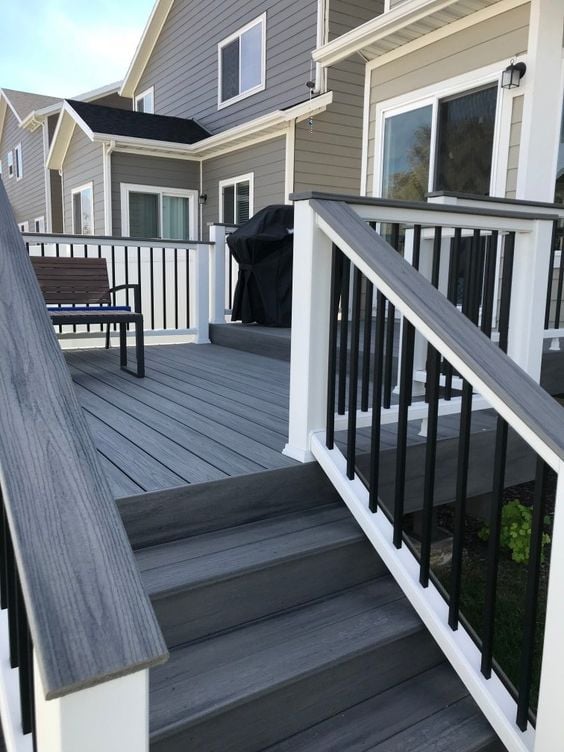
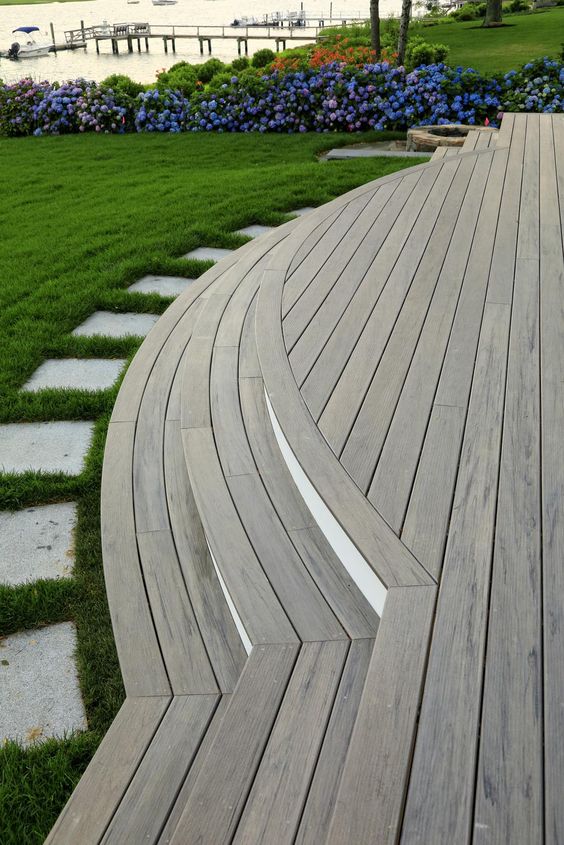
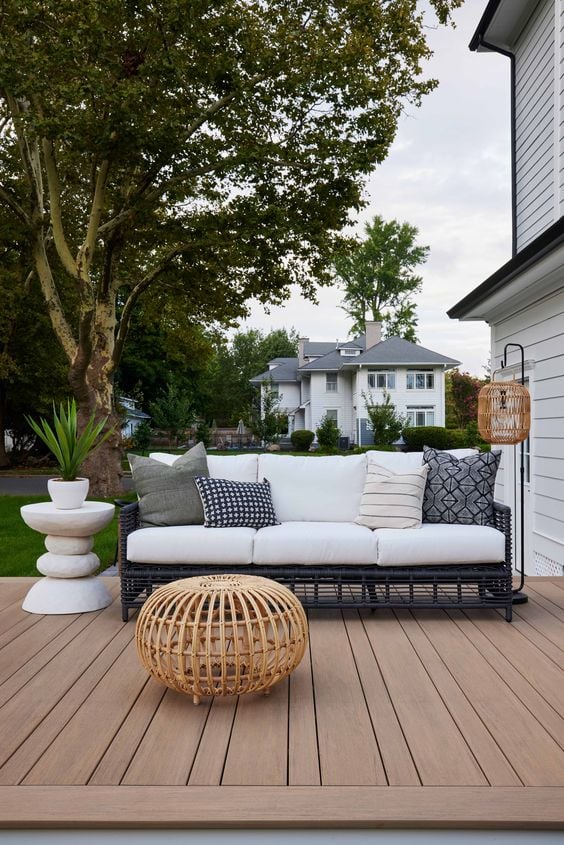
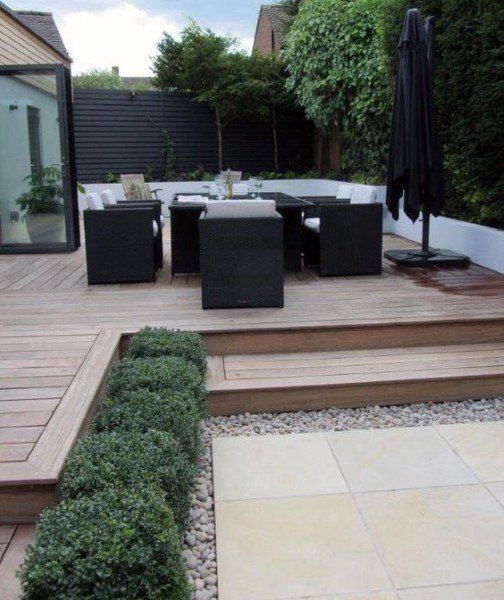


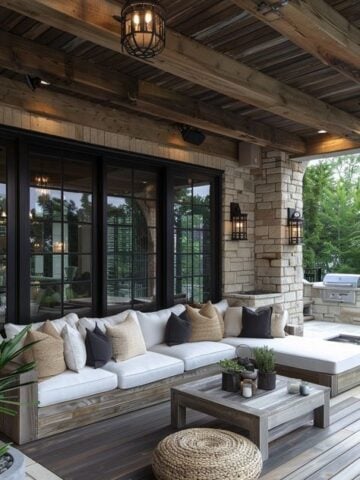
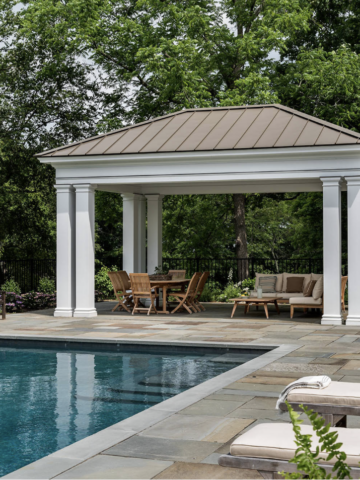

Leave a Reply